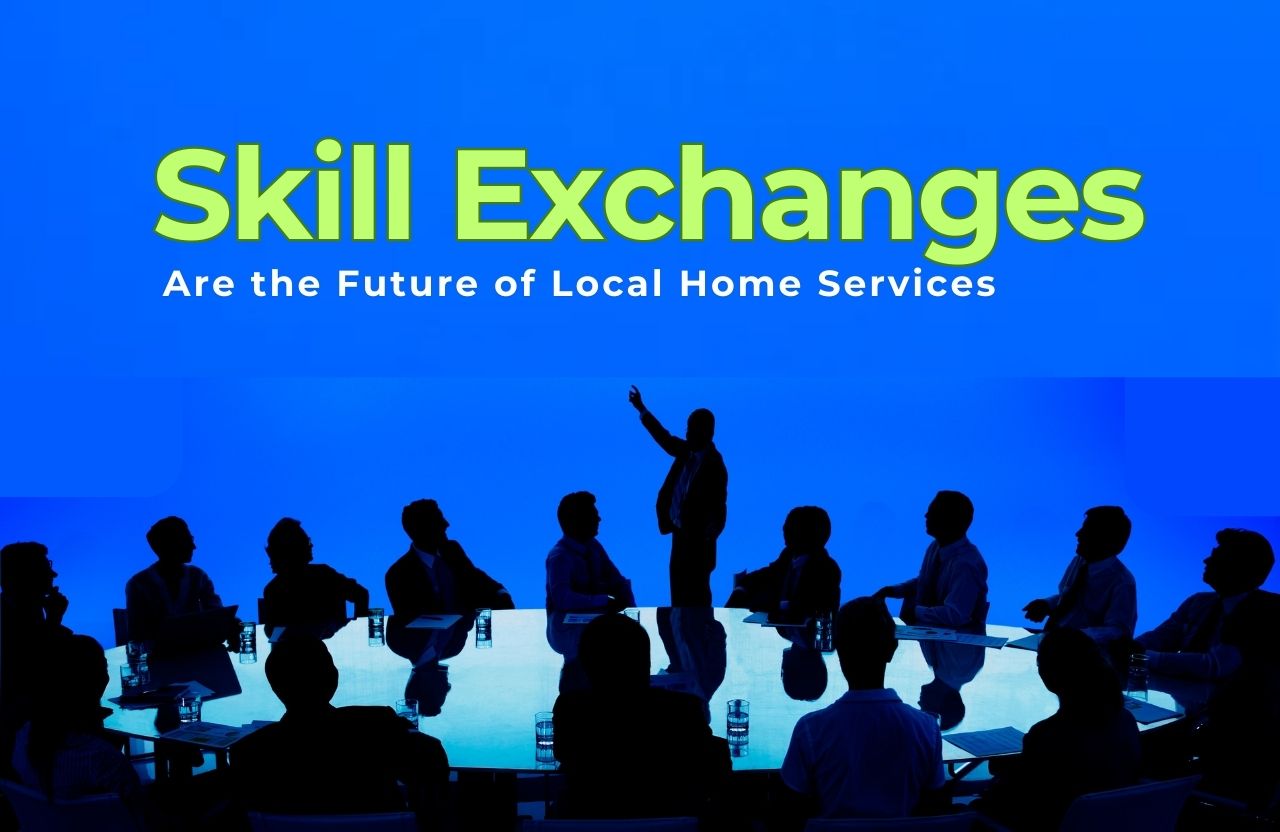Micro co-living has developed into one of the most vibrant real estate segments, being the third most viable investment option in Europe as of 2022. The new concept of housing that brings together private residential areas with common facilities is not only revolutionizing city lifestyles but also generating huge revenue streams for property developers and entrepreneurs.
In India, the co-living sector is expected to bring in up to USD 93 billion of annual revenue, demonstrating its massive potential. More than 50 co-living startups have been set up in India, depicting robust growth momentum. At its essence, micro living combines affordability, communal living, and returns, with landlords generally receiving 60–70% of the rental income.
Revenue Models in Micro Co-Living
An effectively defined revenue model is central to a micro co-living business’s success. Main models are:
Fixed Fee Model: Operators pay landlords a fixed monthly rent, irrespective of occupancy levels.
Revenue Share Model: The most common post-pandemic model; owners take 60–70% of rental income, varying based on furnishing and renovation tasks.
Management Fee Model: Operators charge a fixed fee per bed, subtract operational expenses, and transfer the rest to landlords.
Other models employed in the business:
Lease & Operate: Widely practiced in India, allowing rapid growth without large capital outlays.
Management Contracts: Operators operate properties on a commission basis.
Franchise Models: Owners use proven co-living brands.
Hybrid Models: Blend various models for adaptability.
Owner-Operator Model: Provides complete control and greater returns but requires initial investment. Typical contracts are 5–14 years long, with lock-ins of 3–9 years. For instance, “The Hello World” grew to 5,000 beds in only 2.5 months with a pure revenue-share model.
Creating a Scalable Micro Co-Living Business
Scalability in this industry is based on more than pricing alone. It calls for:
Tenant Satisfaction:.Happy tenants encourage retention, merit rent growth, and bring in quality residents.
Smart Design: Plentiful lighting in shared areas, green spaces, and intelligent floor plans make privacy and socializing easy.
Technology Integration: Advanced property management software makes billing, event scheduling, and incident reporting easy.
Asset-Light Model: Enables quick growth with low capital investment, ideal for thin-margin players (4–12%)
Strong Branding: Encourages customer loyalty and enhances the apparent value of properties.
Governance Structures: Necessary in effectively managing large resident groups.
Market Trends and Future Outlook
The global micro co-living market size is anticipated to be USD 16.05 billion in 2030 at a CAGR of 13.5% from 2025–2030.
Key drivers are:
Gen Z Demand: Accounts for 39% of co-living consumers; prioritizes experience, flexibility, and community.
Rental Arbitrage: Provides returns of 20–35% over standard rentals.
High Yields: Returns on investment are 8–10%, better than many traditional real estate investments.
European Investment: The European market experienced €963 million in investment in 2022, with an increase in interest for Spain, France, and the Netherlands.
Upcoming trends:
Remote Work Integration: High-speed internet and dedicated coworking spaces are the new standard.
Technology-Driven Management: Rent paid online and service through apps optimizes efficiency.
Sustainability: Green strategies and sharing of resources appeal to environmentally aware residents.
Community Engagement: Social activities and planned activities foster a sense of community.Growing regulatory regimes are also being favorable to this emerging asset class, most prominently in tenant protection, fire safety, and taxation.
Conclusion: Micro Co-Living’s Emergence as a Mainstream Real Estate Asset
Micro co-living is an investor-preferred, asset-light, and sustainable real estate option. With landlords earning 60–70% revenue share and obtaining 8–10% rental returns, it presents a tech-enabled, not asset-heavy, path to profit. As cities become more populated and housing affordability declines, micro co-living comes across as a mass-market housing solution—offering community, convenience, and predictable economic returns.













